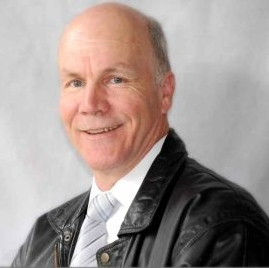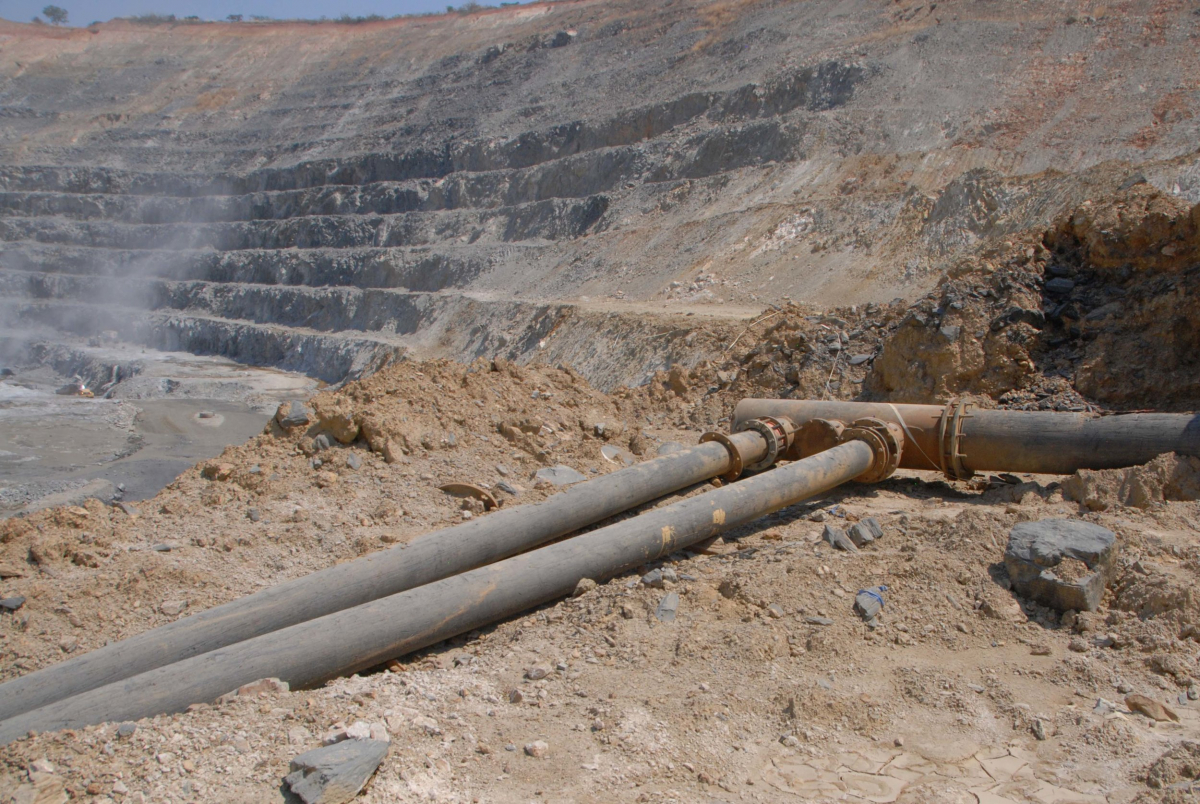Pipe system efficiency is a tricky beast. Because, yes, I mean it, in piping systems, 600 + 600 < 900.
The ‘less than’ relational symbol (<) appears to be back to front in my pipe system efficiency calculation, but be assured the perceived error was intentional.
As I've journeyed through life, I've had many aha moments when the proverbial lights go on and I realise what those stoic individuals called Maths Teachers were on about all those years ago.
This stuff is all around us. It runs our lives, explains the past, and dictates our future.
How so? Or, put another way, “What is an exponent?”
How does the sum in the heading make any sense?
Enter a very fundamental mathematical concept, the exponent. We also need to bring in some bright minds from decades and centuries gone by.
The sum of all their efforts confirms that losses in a piping system vary, approximately, as the square of the velocity of the fluid moving through the pipe.
If pipe system efficiency is what we're aiming for, then we've got to get our calculators out...
Why should we worry about squares and cubes?
Essentially, double the velocity and the losses increase by a factor of four, 2 x the fluid velocity2 = 4 x the losses. But to double the flow and increase the losses by 4 would mean that there would need to be a lot more energy put in to get this change. In fact, the amount of energy required is 4 (losses) x 2 (capacity).
There can be no play on words or figures here. The bottom line is that the energy requirement goes up by a factor of 8. This explains why a small pump (say a 40mm end suction) will require a much larger high-speed motor to drive it.
Walk into a pump house and look at the physical sizes of the motor and (centrifugal) pump. If they are similar, the rotational speed will be low(ish). If the motor is considerably bigger, the speed is probably in the two-pole (2900 rpm) category and higher.
It costs money, lots and lots of it
Here in South Africa, a reference basket of goods (CPI) that cost R48 in 2004/5 will have cost R100 in 2015/16. That’s a bit more than twice as expensive.
For electricity, R45 worth in 2004/5 would have cost R211,50 in 2014/15. That’s a 4,7 times increase.
Here’s another bit of background information that applies. An electric motor, in most cases, will require more money in electricity in its first year of operation than its initial cost.
It can be said that the money paid for the motor is of minor consequence. Over its 10 to 25-year life, it will require vastly more cash to operate than what was paid to the supplier.
ENERGY COSTS ARE THE REAL ISSUE.
The explanation for 600 + 600 is less than 900?
During a recent piping systems course, a group of delegates from a water board raised a case that is very typical of the current situation in South Africa.
Expanded service delivery requirements have rendered a 600mm water main too small for a burgeoning community. It was decided that the current capacity delivered by the pipeline would have to be doubled at the very least to meet demands.
The thought was to simply dig a trench next to the existing line and install a second 600mm pipe. The line was 57km long and the static head was 55m. There are three pump stations currently in place. All the delegates were asked to calculate the Total Dynamic Head (TDH) in the system for:
- One 600mm pipeline, i.e. the current setup
- Two 600mm pipelines in parallel, the potential solution
- To select a single pipeline to carry twice the existing capacity i.e. an innovative solution that spoke to a section in the course material.
The answers caused some doubt and much debate. The single pipe selected to carry the higher capacity was a 900mm nominal bore.
The proposed solution (2 x 600mm) doubled the flow but returned losses that are very similar to those in the current pipeline. No surprises here because the velocity in both cases, remains virtually unchanged.
The real surprise was the friction loss in the 900mm line at the higher capacity. Assuming a pump efficiency of 80% the results were:

So essentially, 2 x 600mm pipes will require a doubling of the power requirement but the
1 x 900mm arrangement will only require a 10% increase in the power required.
This is gold! In a country that is short of electricity and with an energy inflation figure as shown earlier, we need to take a much closer look at these figures.
It’s a no-brainer!
If there are 8760 hours in a year and the pumps run for 80% of the time, electricity costs R1/kW-hr, the energy costs per annum are:

The 2 x 600mm solution will cost an extra R26 987 808 per year in electricity only.
Electricity for the 1 x 900mm option will cost an extra R2 620 992 per year. One-tenth of the energy required for the 2 x 600mm solution(?).
The 900mm will cost more than the additional 600mm line so how does that affect the calculation?
The estimated cost difference between the two pipe sizes is R60m but the net electricity (rounded) saving is R27m – R2,6m = R24,4m per annum.
A straight-line calculation indicates that the 900mm line would pay for itself in 2,5 years. The minimum life of a project such as this is 25 years so the 900mm looks to be a clear winner.
But that’s not all!
Notice that the kW required to move the increased capacity with the 900mm pipeline is very similar to the power required in the 1 x 600mm. There is a good chance that the number of pump stations will remain the same for the larger pipe option and the existing electrical reticulation could be retained.
The 2 x 600mm option will most certainly require the replacement of all the overhead cables, transformers, and switchgear. The lower electricity consumption will reduce the water board's expenses and help Eskom meet the growing demand for electricity.
Notice that the model above does not take the existing 600mm pipe into account. What are the options?
Option 1: Leave the existing 600mm in parallel with the 900mm line.
Advantages include drastic reductions in the costs associated with energy, pumps, motors, and switchgear. Meeting any future expansions to demand will be easy to accommodate.
Option 2: Remove the 600mm line.
Use the 600mm line for that project down the road that currently has a 200mm line and has become too small to meet demand. It is acknowledged that there are some significant practical issues related to this approach.
If the 1 x 900mm solution still needs some selling, here’s the final “kicker”. Based on the US Environmental Protection Agency's estimation of 1019,9kgs CO2/MW-hr, and a saving of
24 366MW-hr (53 079 – 28 712), carbon emissions will be reduced by 6673 tonnes per annum.
You achieve pipe system efficiency when mathematics meets water, money, the environment, and last, but not least, people.


